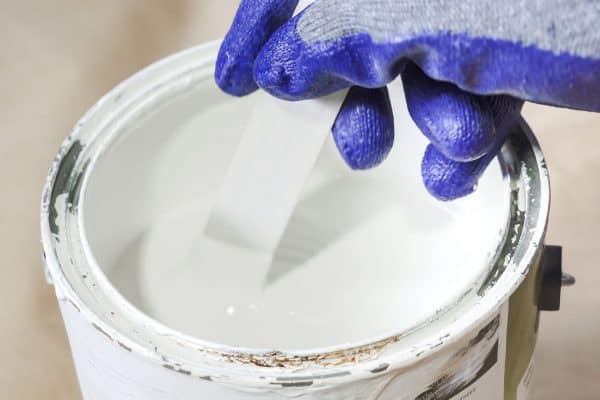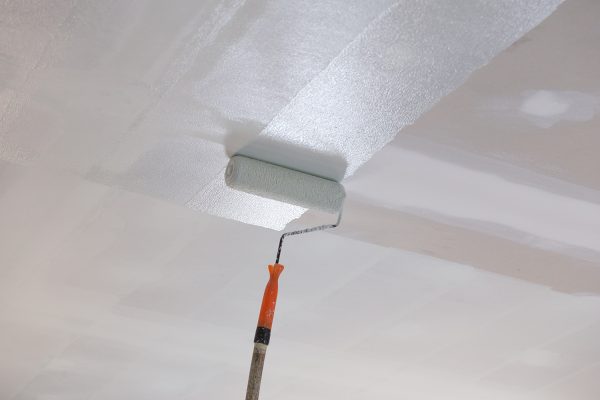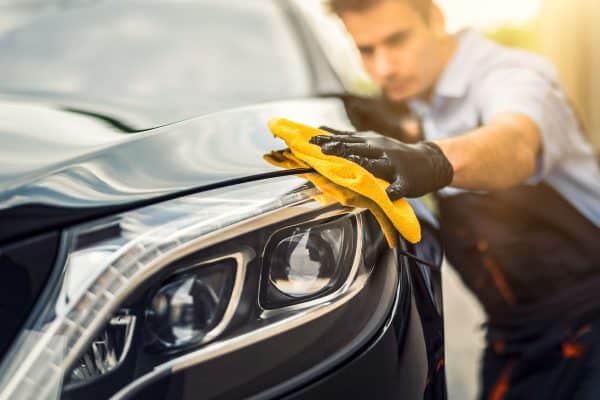When using spray paint in a project, you should know its dos and don'ts before starting. Although it is versatile and easy to use, it would be best to be extra cautious. You might also wonder if you can spray paint in hot weather. After much research, we have finally determined the answer to that question.
Hot weather should stop you from spray painting. The heat can speed up evaporation which causes the spray paint to dry faster. Additionally, a quick dry could produce blistering on the paint. Note that the recommended temperature range for spray painting is between 50-90 degrees Fahrenheit.
Please keep reading as we further elaborate on the basic practices for using spray paint and the ideal temperature to do it.
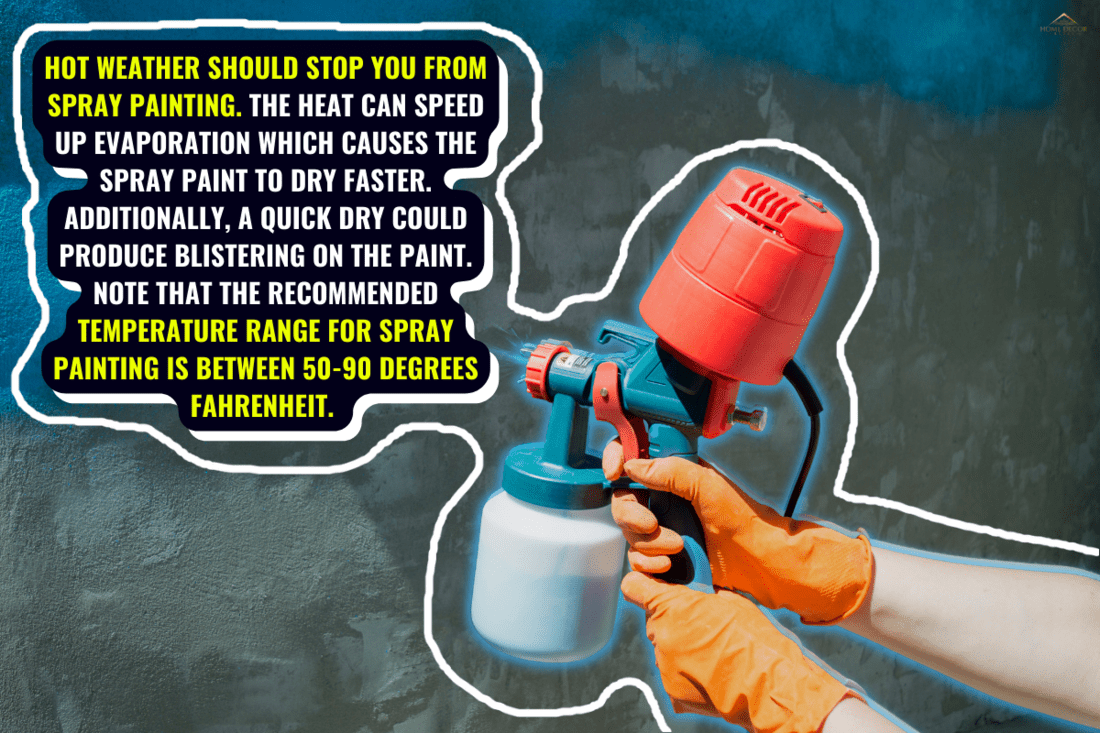
What Are The Effects Of Spray Painting In Hot Weather?
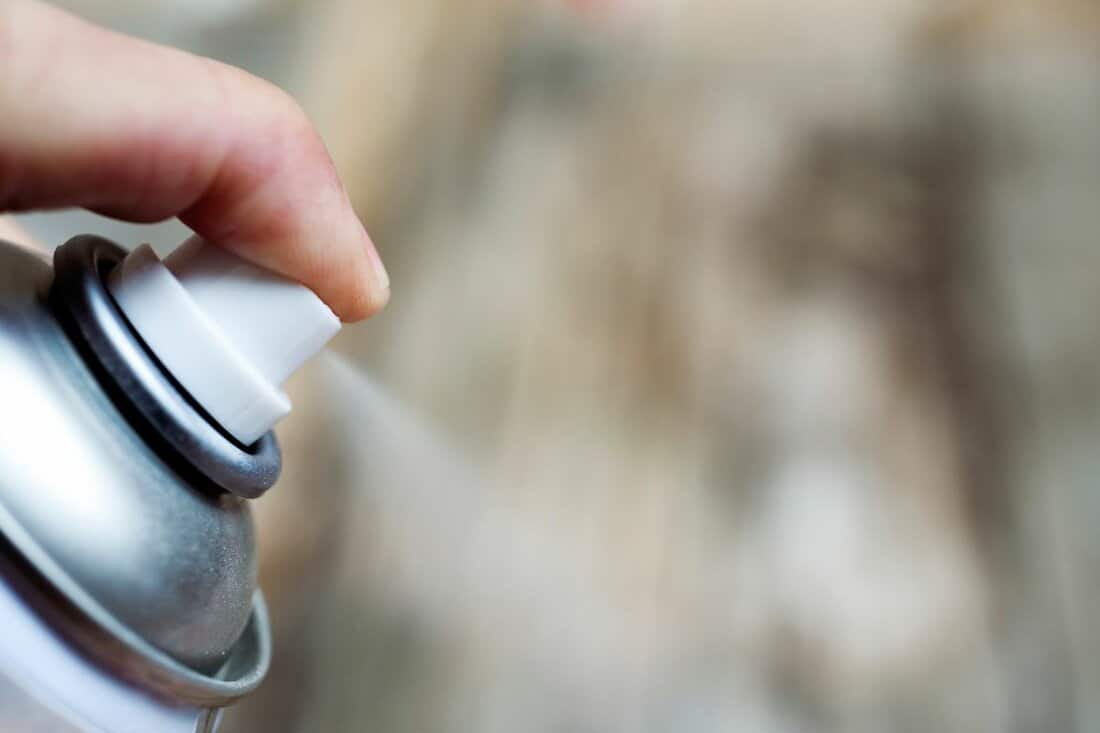
We may include affiliate links and curated AI content to highlight top design styles.
Most people believe that hot weather is good for painting outdoor projects. However, we have discovered that extremely hot or cold temperatures are not good for the paint finish's outcome. So, this implies that, as much as possible, you should not spray paint in hot weather.
Furthermore, manufacturers typically create paints that you can only use within a specific temperature range before the paint thickens or cracks. Thus, you should verify the predicted temperature before beginning exterior spray painting. Lastly, it would be best always to avoid painting under direct sunlight.
Spray Painting In Hot Weather
In this case, spray painting in hot weather can dry the paint faster than usual. In addition, anticipate that the paint will immediately bubble as it dries, which is what we'd call paint "blistering." Although you might hardly notice the bubbles, you could feel if they exist on the newly painted surface.
However, if you have no choice and badly need to paint a project, like a car or a wall in hot weather, know that there are two things that might still help you. However, you must keep in mind that these might compromise the best results, which is why you should wait for the temperature to cool down.
Take Advantage Of Shade
Start spray painting as you follow the shadow of the building every time the sun changes its position throughout the day. Although the temperature won't significantly change, at least you can avoid the sun's direct heat.
Try To Work During Cooler Parts Of The Day
Since you need to avoid spray painting in hot temperatures as much as possible, it would be best to wait for the cooler parts of the day and take advantage of them.
The best time is from 6:00 A.M to 8:00 A.M when the sun is only about to arrive at its highest point. On the other hand, you can continue spray painting in the late afternoon, preferably after the sun sets.
Spray Painting In Cold Weather
On the other hand, when spray painting in cold temperatures, expect the paint to dry too slowly. Plus, it will quickly create fissures when you finish the project.
What Is The Preferable Temperature To Spray Paint?
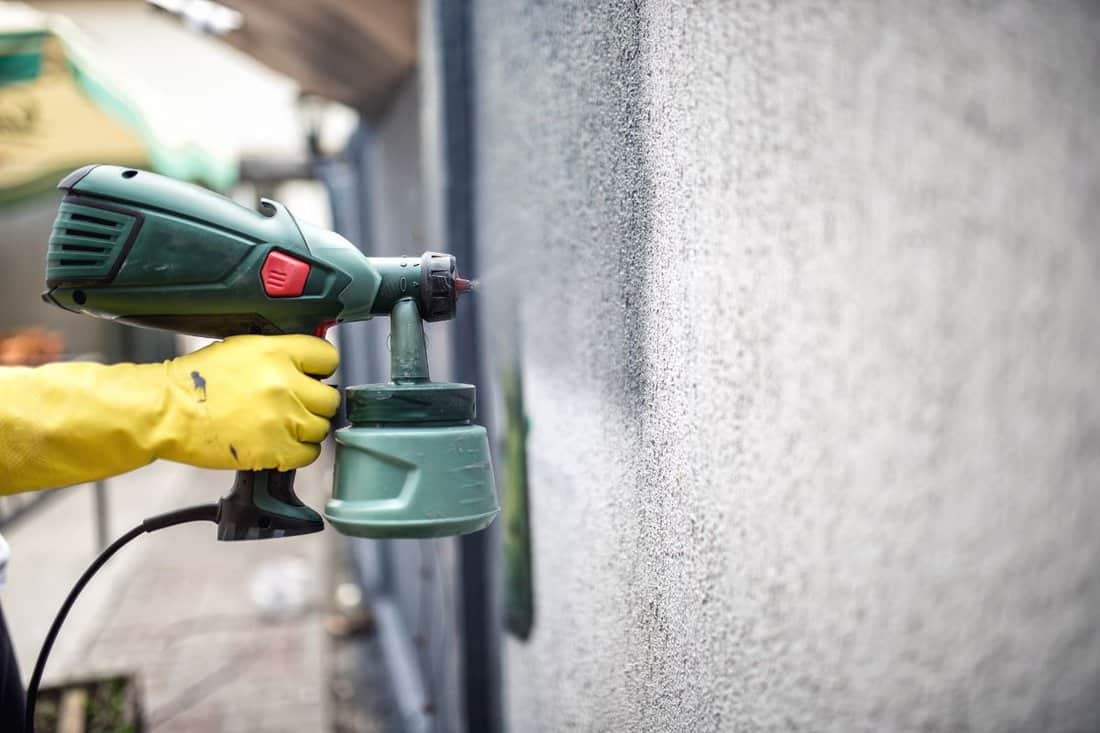
As mentioned above, there is an advisable temperature range that you should observe first before you spray paint any project. It is a must, especially if you don't want to ruin the paint's finish on the surface.
Additionally, you can say that temperature indeed plays a huge role when it comes to painting. Imagine the damage it will cause if not followed.
It is preferable to start spray painting when the temperature is between 50 and 90 degrees Fahrenheit. In addition to that, the relative humidity should be lower than 85%.
Keep in mind that it would be best not to compromise anything if you wish to achieve an excellent finish.
What Are The Best Practices When Spray Painting?

Generally, there are several spray painting best practices that you should follow to finish your project nicely and achieve the best outcome, like what a professional can do. Check out the following:
Follow The Manufacturer's Instructions
Before you do anything, it would be best to review the instructions on the label. The most important thing to note is the times you need to recoat a surface and the proper approach to using the spray paint.
Wear Safety Gear
One of the most crucial things you must consider before starting the task is to ensure that you wear safety gear to protect your eyes, nose, mouth, and skin.
In addition, you should also thoroughly wash your hands after you finish.
Click here to check out this safety goggles set on Amazon.
Thoroughly Clean And Dry The Area
Before you even start spray painting, it is highly advisable to clean the area first. You can utilize mineral spirits or household cleaners for this step.
Try Out The Paint First
Achieve a professional finish with one coat of spray paint by practicing your technique on a scrap material or an unnoticeable area.
Observe Your Spray Motion
When spraying the surface from start to finish, make sure to move evenly from side to side and overlap your spray pattern by roughly a third on each pass.
Ensure Proper Ventilation
When working indoors, you must increase the ventilation in the area since the VOC of paint is toxic, especially with prolonged exposure. Opening the doors and windows and using a fan can help with this step.
Don't Rush
During the process, it would be best to take your time. Never spray one thick coat just to finish the task immediately. Spraying multiple thin coats is still more satisfactory.
Avoid Getting Messy
As you spray, the area will inevitably become messy because of overspraying. So, to avoid this situation, it is advisable to use drop cloths or newspaper to cover the surrounding surfaces.
Properly Store The Can After Use
Invert the spray paint can and spray for five full seconds. Doing so aids in keeping the spray nozzle from clogging. Plus, remember never to burn the can or store it in an area with extreme temperature fluctuations.
Avoid Having An Open Flame Near The Painting Area Or Surface
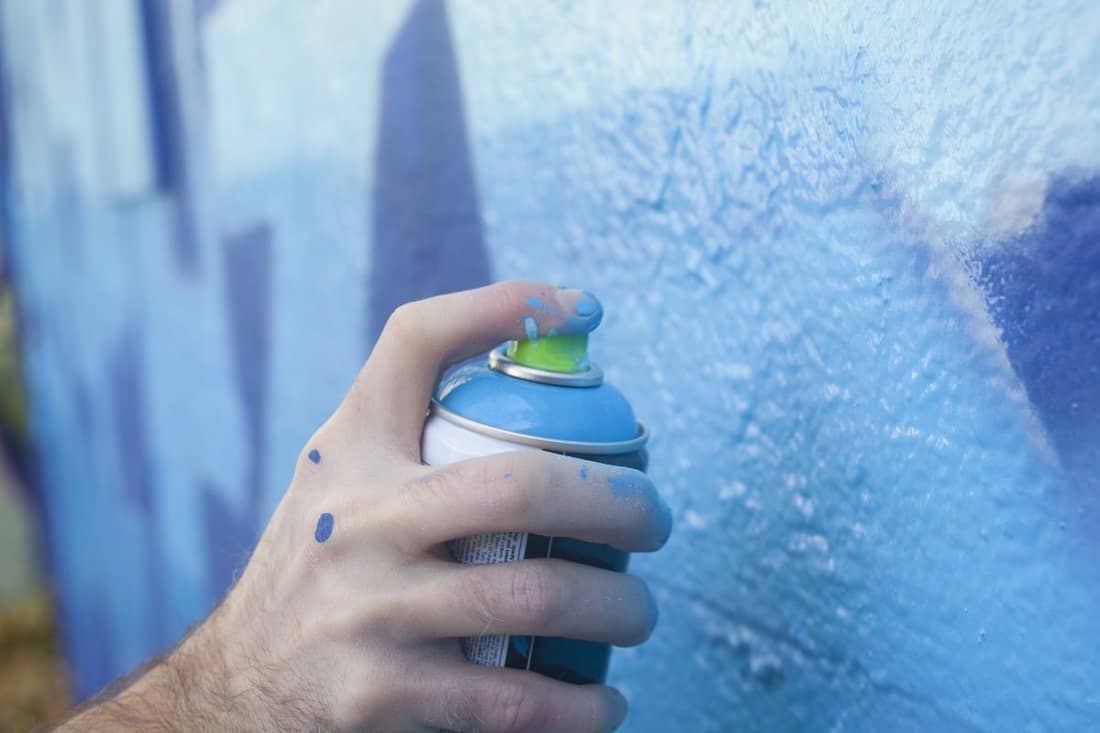
When painting a wall or any surface, it would be best to check the area for flames or fire. In addition, you should also check on the paint label what range of heat you should avoid.
Keep in mind that paints are flammable, and you don't want the can to burst and cause accidents, so ensuring that you comply with this step is essential.
Check The Area For Obstructions To Prevent Accidents
Another reason you should always check the manufacturer's instructions on the product label is to know if you can spray paint near lighting fixtures or wires. It is a must because it also connects to your safety.
When spray painting, it is highly advisable to check the area and switch off anything that uses electricity near your painting project. Additionally, it would be best to check for open or damaged electrical wiring that could cause an accident when it gets in touch with the spray paint.
Please always remember these precautions:
- Never spray paint light bulbs
- Do not paint electrical wiring
- Never paint cords that contain apparent damage or exposed wiring
- Although there are high-heat specified spray paints, it would still be highly advisable not to paint appliance or fixture components that typically get hot.
Wrapping It All Up
Spray painting in hot weather is OK, but as much as possible, you should not practice it. If you want to be safe and achieve an excellent result, it would still be best to perform your painting project during the ideal weather or temperature mentioned on the product label.
You made it to the end! We hope you find this post helpful. Please feel free to reach out in the comments if you still have additional concerns. And if you wish to continue reading, you can check these posts out!
How Long Does Spray Paint Take To Dry On Plastic? [And How To Make It Dry Faster]


